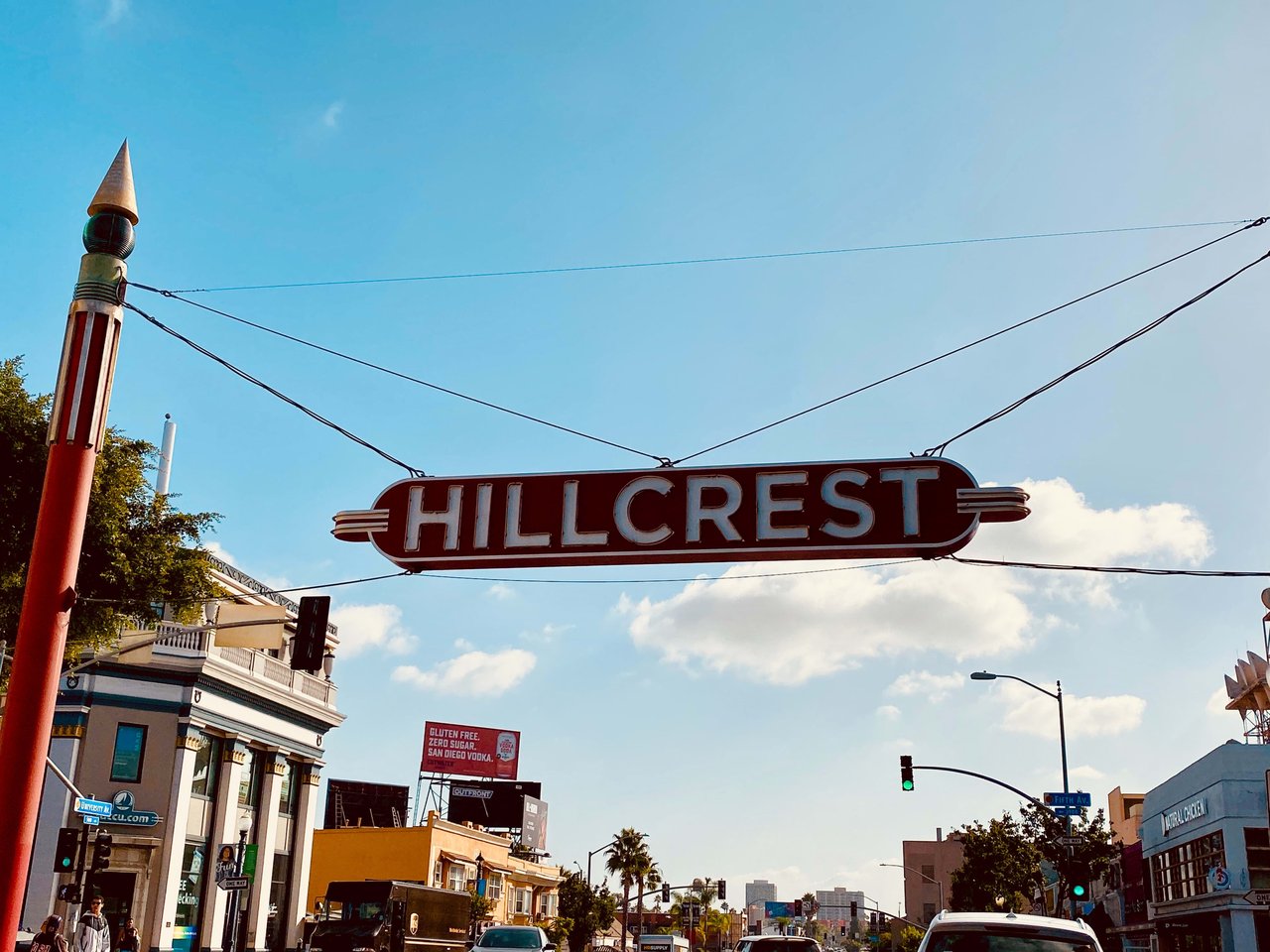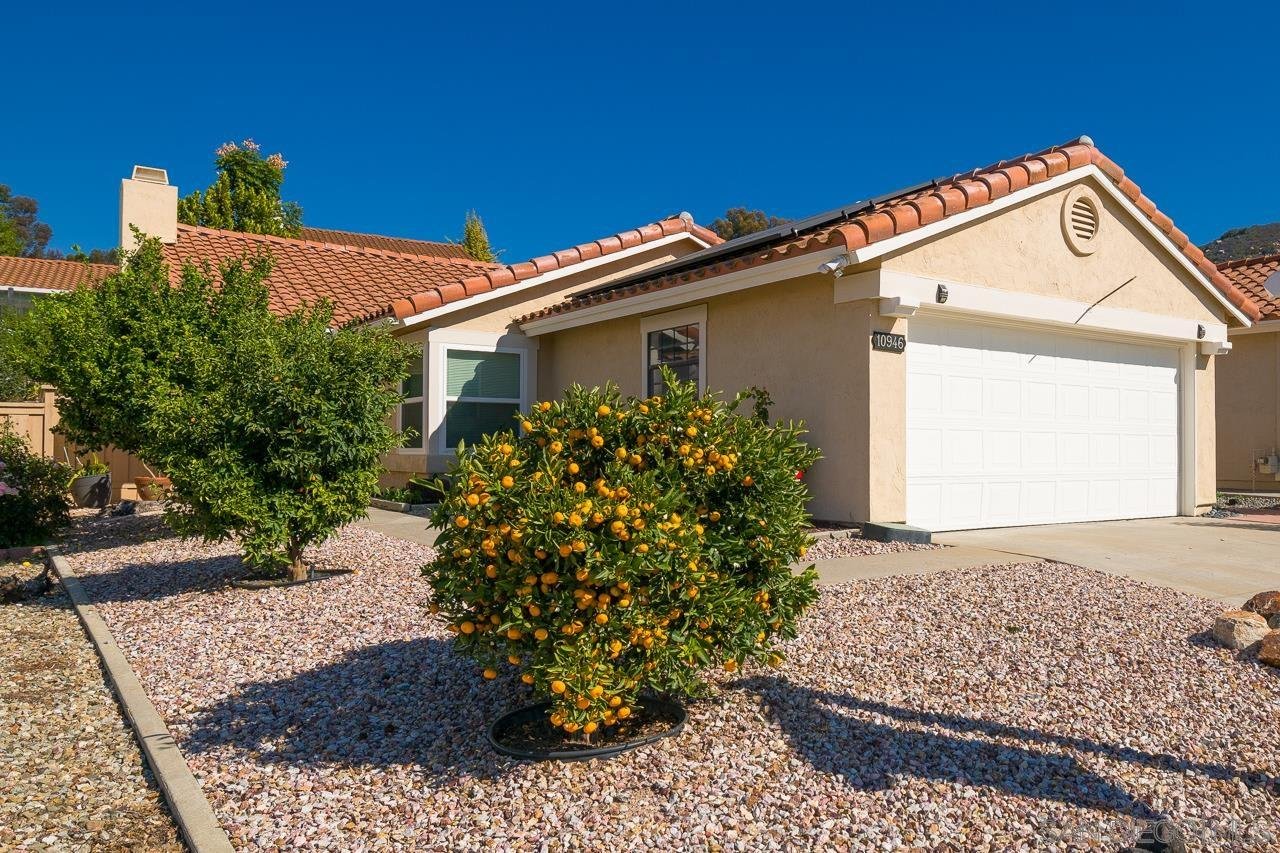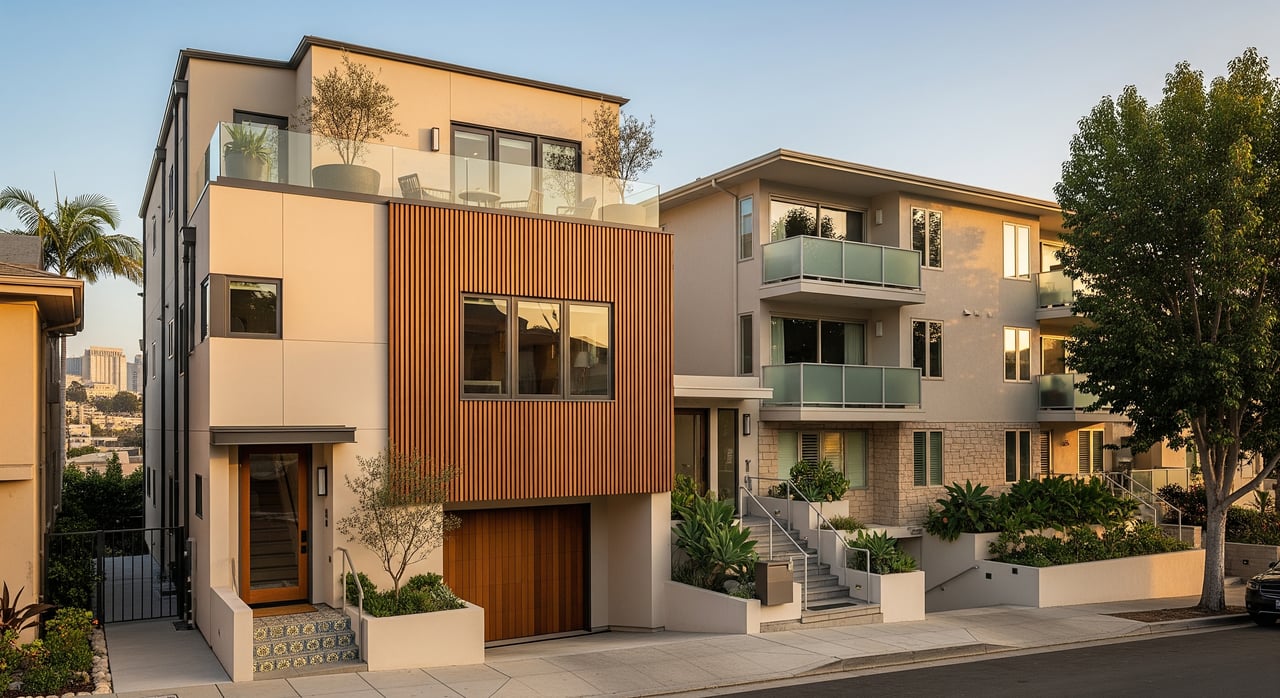With its thriving real estate market, scenic coastal properties, and vibrant communities, San Diego is a prime destination for luxury property investors. However, navigating the tax implications of selling high-value real estate, including the Internal Revenue Service (IRS) and its complex Internal Revenue Code (IRC), can be a significant challenge, particularly regarding capital gains taxes. This is where the strategic use of a 1031 Exchange becomes invaluable.
The 1031 Exchange: A Powerful Tool for Savvy Investors
A tax deferral strategy, the 1031 Exchange—part of IRC Section 1031—allows taxpayers to exchange business or investment assets for similar like-kind assets without triggering taxable gains on the sale of the original assets. Essentially, investors can swap one investment property for another, thereby deferring capital gains taxes incurred upon the sale. For luxury property investors in San Diego, this can mean reinvesting your full profits into a new high-end property or losing a substantial portion to taxes.
How a 1031 Exchange Works
The core concept of a 1031 exchange is straightforward. When you, as the exchanger, sell an investment property, instead of immediately facing a capital gains tax bill, you can defer that tax by reinvesting the proceeds into another like-kind property. This "like-kind" requirement is a central component of the 1031 exchange, one that's incredibly broad, including various types of real estate. Examples include:
-
Residential, commercial, retail or industrial properties for any other real estate
-
Rental ski condo for a three-unit apartment building
-
Land or farmland for improved real estate
-
Mitigation credits for wetlands restoration or other mitigation credits
The breadth of options is particularly advantageous in a diverse market like San Diego. Limitations on utilizing a 1031 exchange include the following non-qualifying properties:
-
Property used as a primary residence
-
Stock in trade or other property held primarily for sale—developer-held property or "flipper" properties
-
Certificates of trust or beneficial interests
-
Interests in a partnership
-
Rights by judicial proceeding to receive money or other property
-
Foreign real property for U.S. real property
Ultimately, properties used for investment or business purposes qualify for a 1031 exchange.
Additional Requirements of the 1031 Exchange
Beyond the like-kind requirement, understanding the specifics of a 1031 exchange is crucial to maximize its benefits, including:
Qualified Intermediary
A 1031 exchange requires facilitation by a qualified intermediary (QI). The QI's role is critical—they hold the sale proceeds from the relinquished property and ensure the correct use of the funds to acquire the replacement property. In a luxury market like San Diego, where property values are high, selecting a reputable and experienced QI is essential.
Timeline Compliance
The IRS mandates strict timelines for a 1031 exchange. You have 45 days from selling a relinquished property to identify up to three potential replacement properties. Additionally, you must close on the replacement property within 180 days of the sale.
Reporting and Documentation
Meticulous reporting is required to comply with IRS regulations. Forms such as IRS Form 8824, which details the exchange, and IRS Form 8949, which records the sale, are essential to this process.
Strategic Benefits for San Diego's Luxury Real Estate Investors
A 1031 exchange is particularly beneficial for luxury real estate investors in San Diego for several reasons:
Portfolio Diversification
With San Diego's diverse real estate offerings, investors can strategically diversify their holdings. For example, an investor might sell a single luxury property in La Jolla or Coronado and reinvest in multiple smaller, high-potential properties across the city.
Expand Conservation Efforts
You can leverage Section 1031 to promote conservation efforts by allowing landowners to structure conservation easement grants as tax-deferred exchanges. This facilitates environmental programs to improve water quality, reduce soil erosion, and protect critical habitats while enabling landowners to acquire less environmentally sensitive replacement land.
Capital Growth
By deferring capital gains taxes, investors can acquire higher-value properties and increase their overall returns. This is especially useful in San Diego's competitive luxury market, where prime properties can appreciate significantly over time.
Estate Planning and Building Generational Wealth
Finally, the most attractive aspect of employing a 1031 exchange strategy is the opportunity to build generational wealth. For investors looking to pass on their real estate portfolios to the next generation, a 1031 exchange can be a powerful tool. It allows for the consolidation of properties, simplifies the portfolio, and potentially reduces and even eliminates tax burdens for beneficiaries.
Advanced 1031 Exchange Strategies
Another significant 1031 Exchange benefit is its flexibility in building, managing, or maintaining a viable investment portfolio. It opens the door for San Diego investors to consider more advanced investment strategies to further enhance their holdings, including:
Build-to-Suit Exchange
In build-to-suit, you use the proceeds from your sale to purchase a replacement property and make improvements to it. In a market where luxury and customization are paramount, this can be an excellent way to upgrade a property to fulfill high-end demands.
Reverse Exchange
In some cases, you may identify a prime property in San Diego before selling your current investment. A reverse exchange lets you secure the new property first, provided you sell your existing property within 180 days. This exchange is particularly advantageous in fast-moving markets like San Diego, where timing is critical.
Leveraging the 1031 Exchange in San Diego's Luxury Market
For San Diego's luxury property investors, a 1031 exchange is more than just a tax deferral strategy—it's a powerful tool for optimizing your real estate portfolio, maximizing capital, and strategically planning for the future. From upgrading your holdings, diversifying your investments, or enhancing your estate planning, the 1031 exchange offers a path to achieving your financial goals while navigating the complexities of high-value real estate transactions.
As with any sophisticated investment strategy, it's essential to consult with tax and real estate professionals and qualified intermediaries who are well-versed in San Diego's luxury market. With the proper guidance, you can make the most of this valuable tax-saving opportunity and continue to grow your wealth in one of the world's most desirable real estate markets.
For an in-depth understanding of the 1031 Exchange process, visit the Emerson Group website. If you want to explore your 1031 Exchange benefits and the options available within San Diego's property market, contact Nick Emerson today to discuss your luxury real estate investment strategy.
As with any sophisticated investment strategy, it's essential to consult with tax and real estate professionals and qualified intermediaries who are well-versed in San Diego's luxury market. With the proper guidance, you can make the most of this valuable tax-saving opportunity and continue to grow your wealth in one of the world's most desirable real estate markets.
For an in-depth understanding of the 1031 Exchange process, visit the Emerson Group website. If you want to explore your 1031 Exchange benefits and the options available within San Diego's property market, contact Nick Emerson today to discuss your luxury real estate investment strategy.








